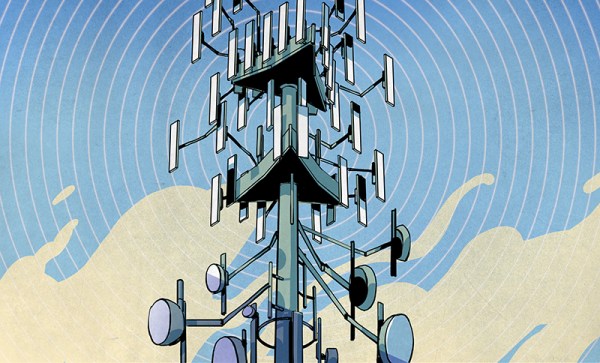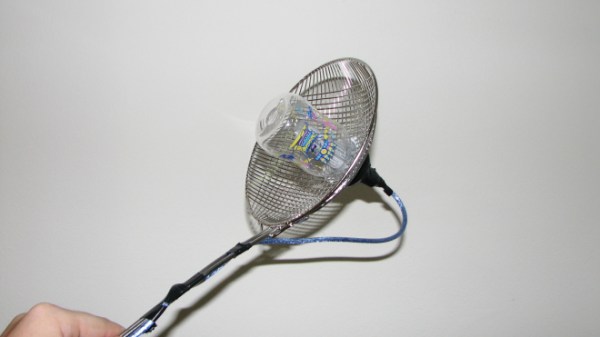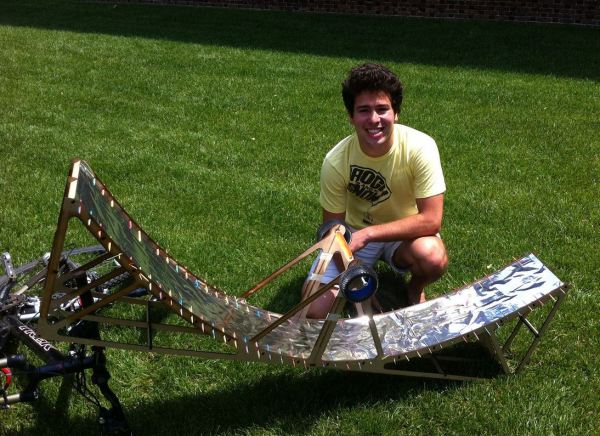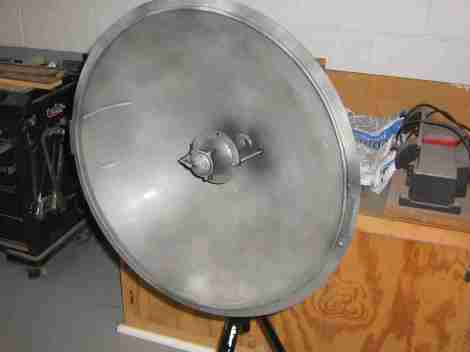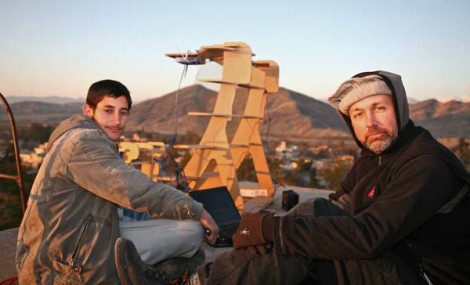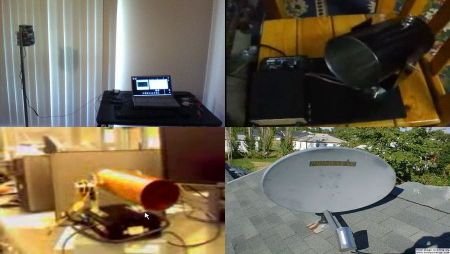The need for clear and reliable communication has driven technology forward for centuries. The longer communication’s reach, the smaller the world becomes. When it comes to cell phones, seamless network coverage and low power draw are the ideals that continually spawn R&D and the eventual deployment of new equipment.
Almost all of us carry a cell phone these days. It takes a lot of infrastructure to support them, whether or not we use them as phones. The most recognizable part of that infrastructure is the communications tower. But what do you know about them?
Continue reading “A Field Guide To The North American Communications Tower”

